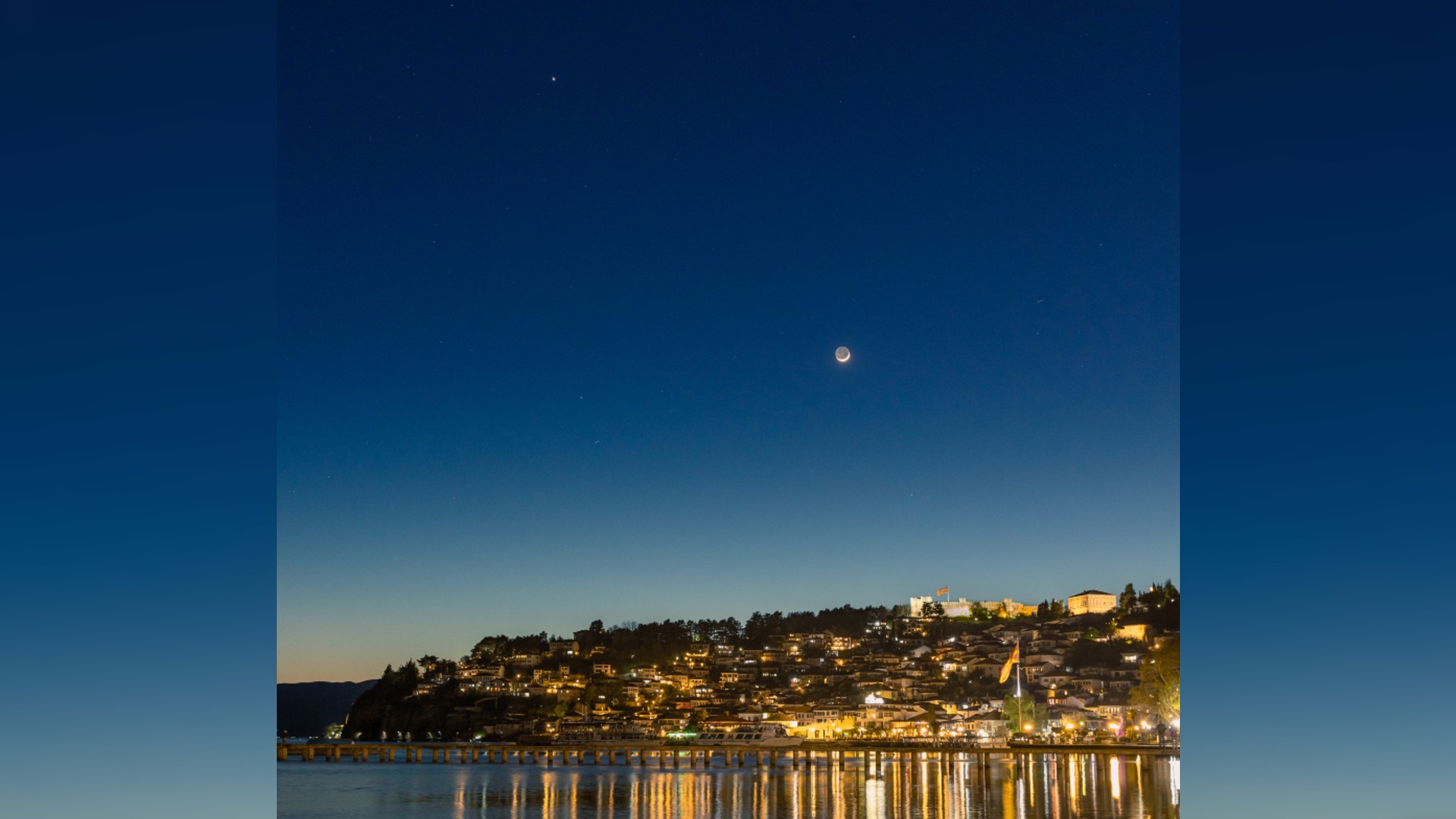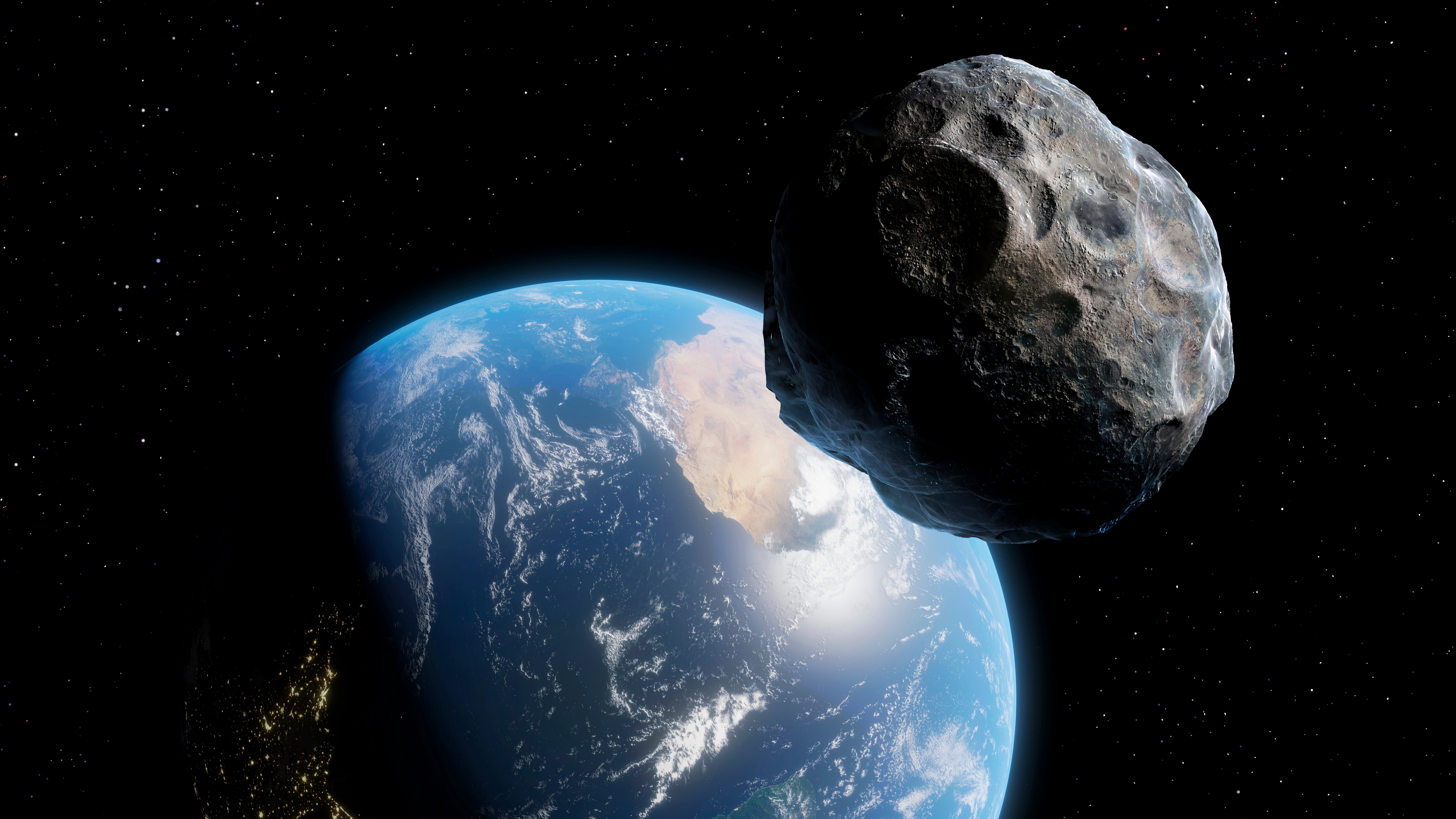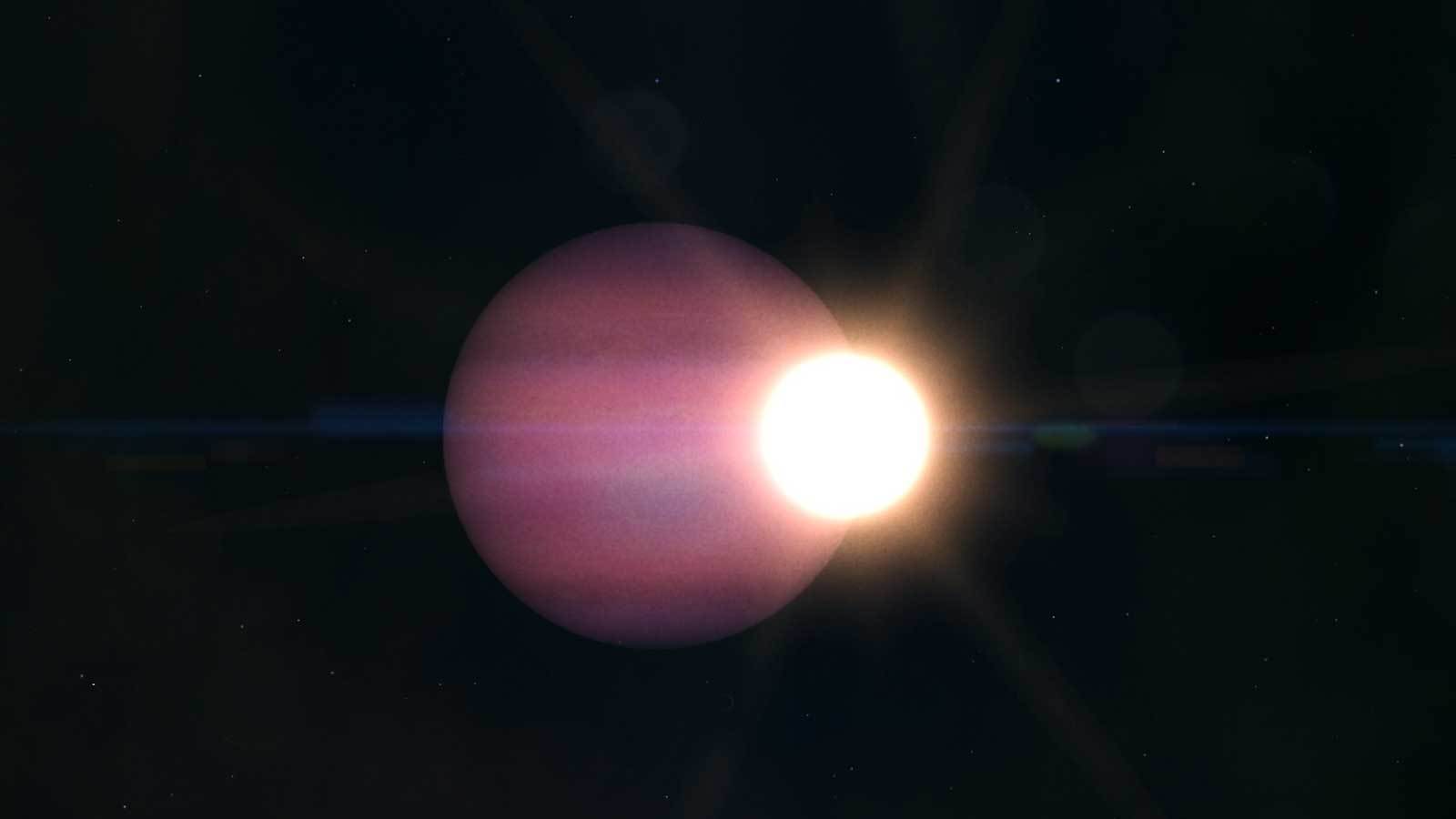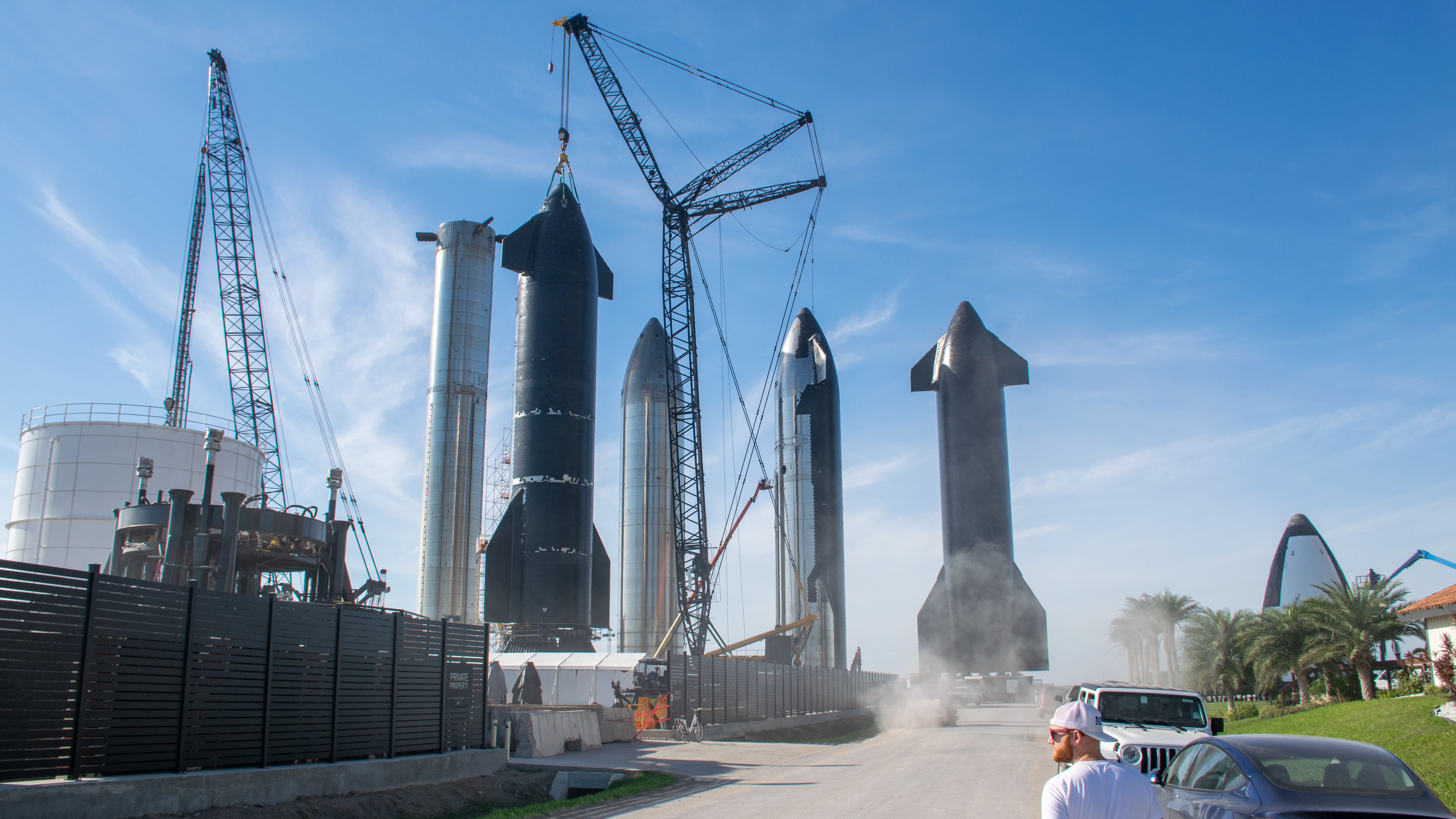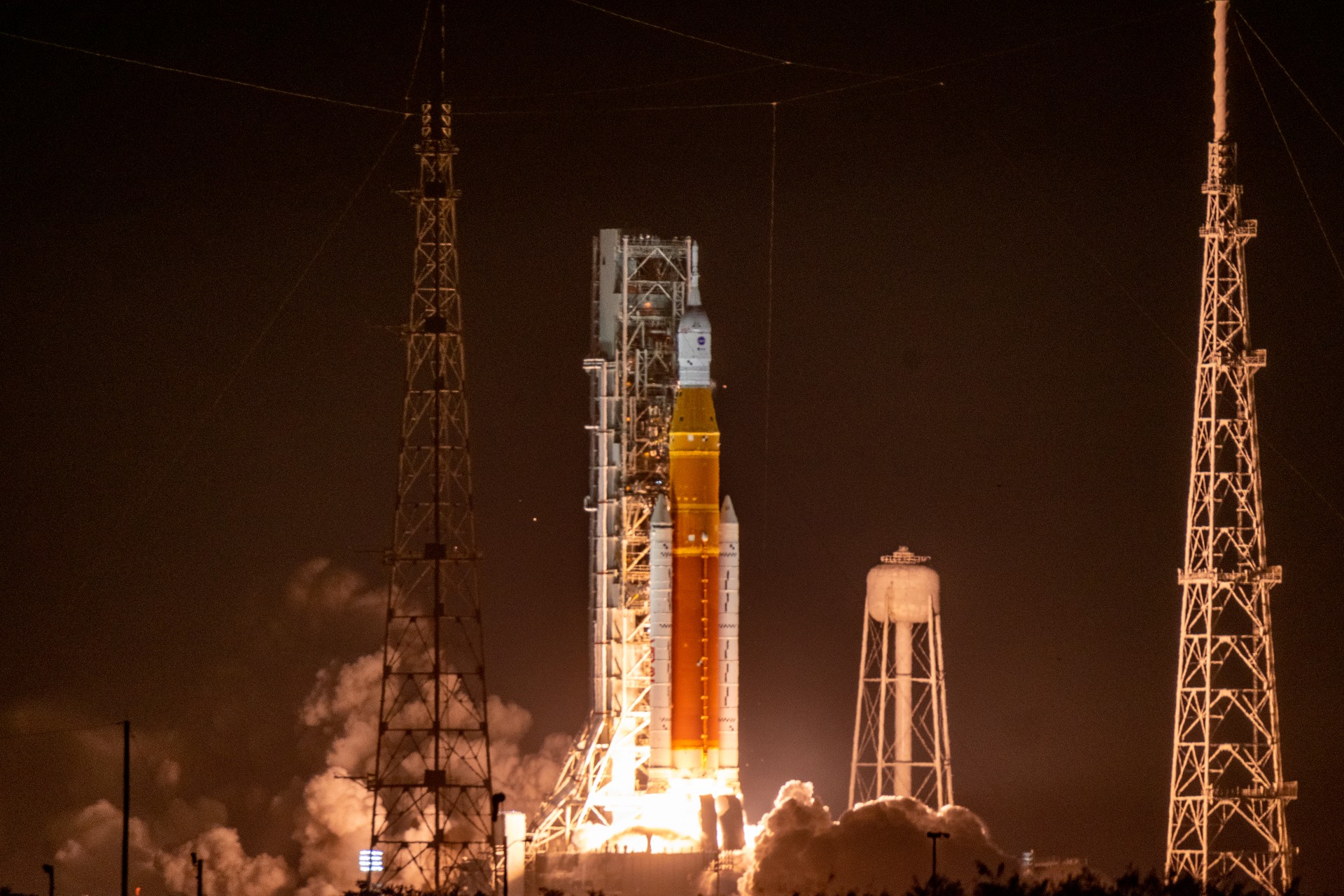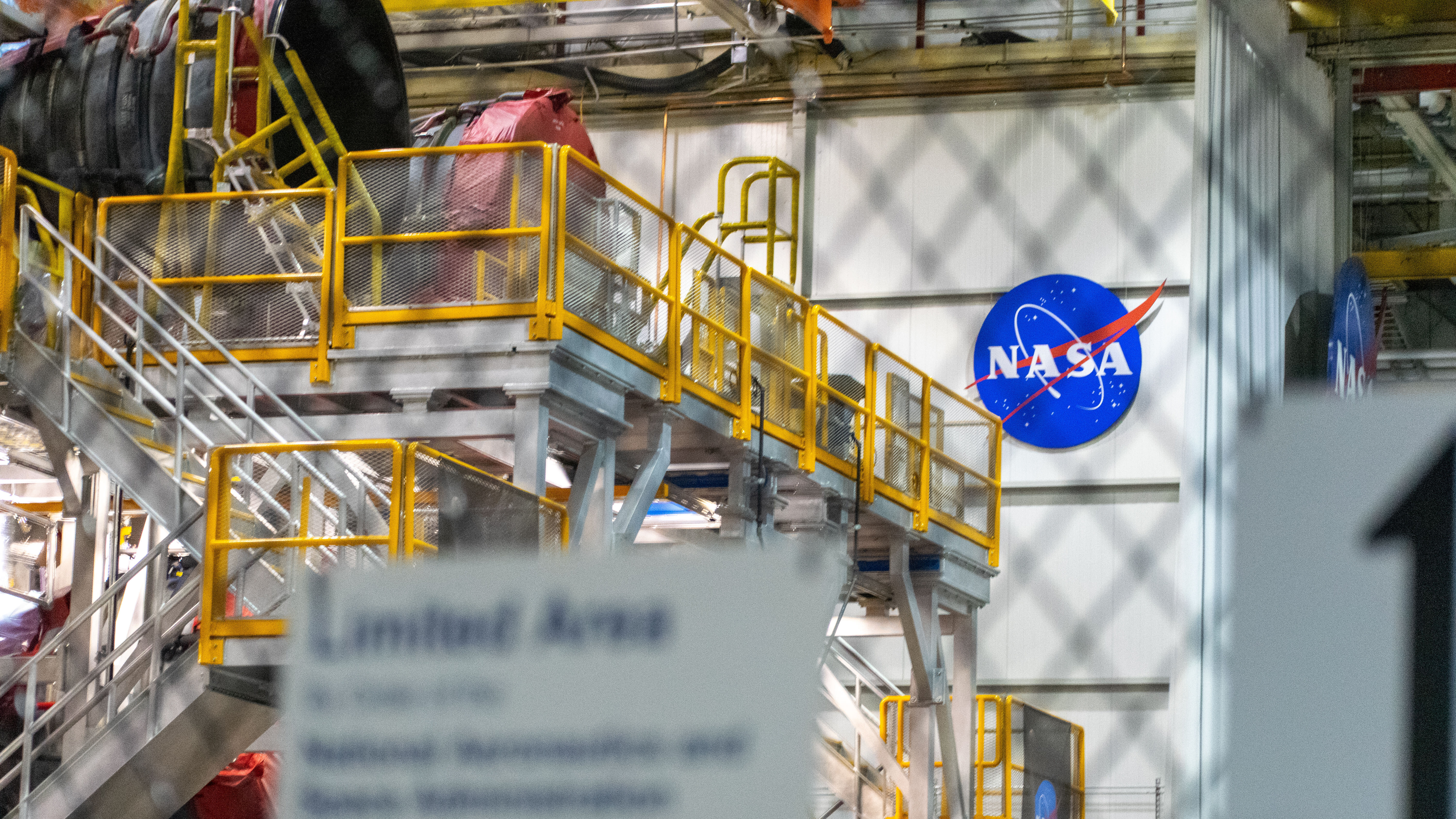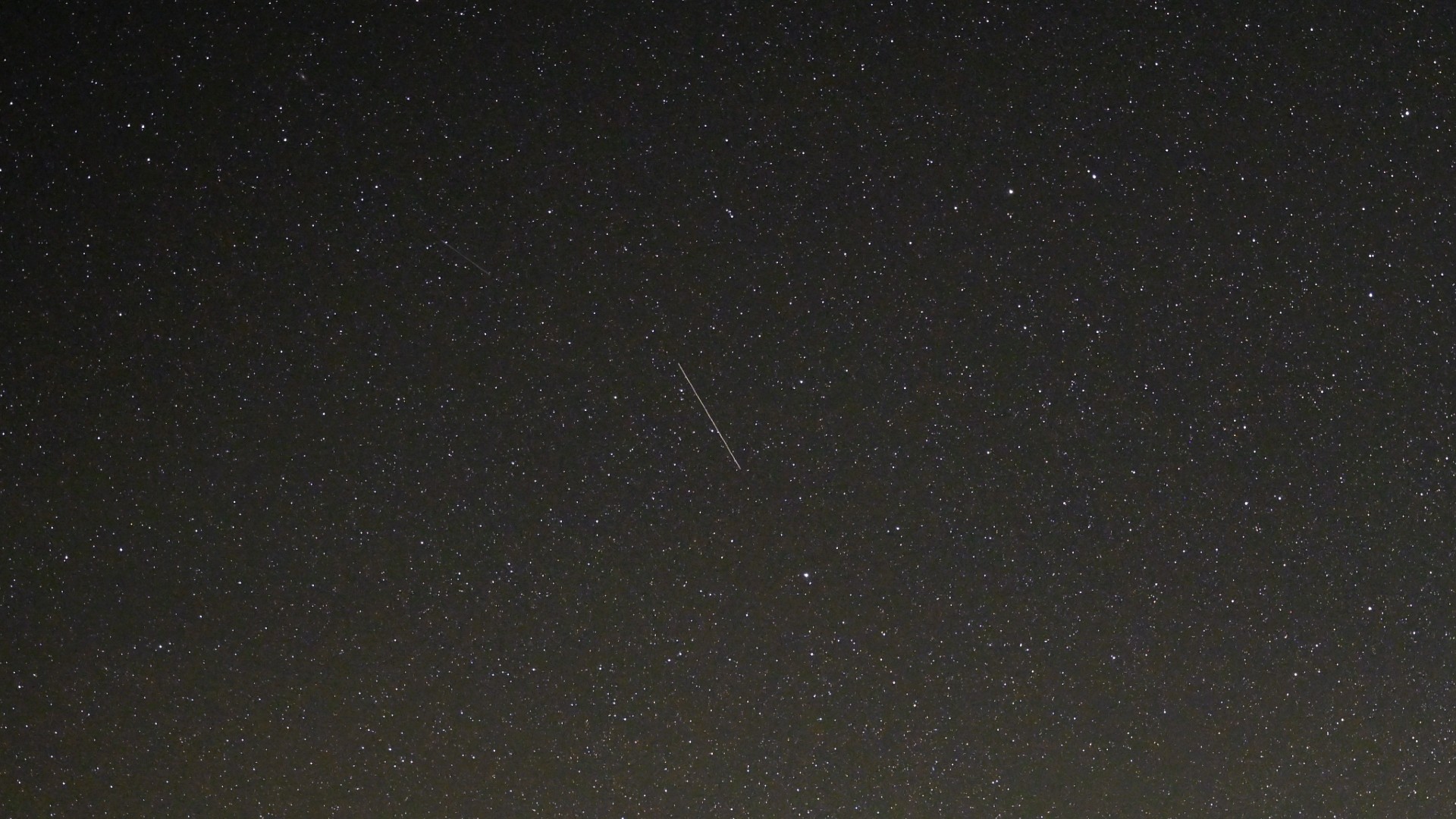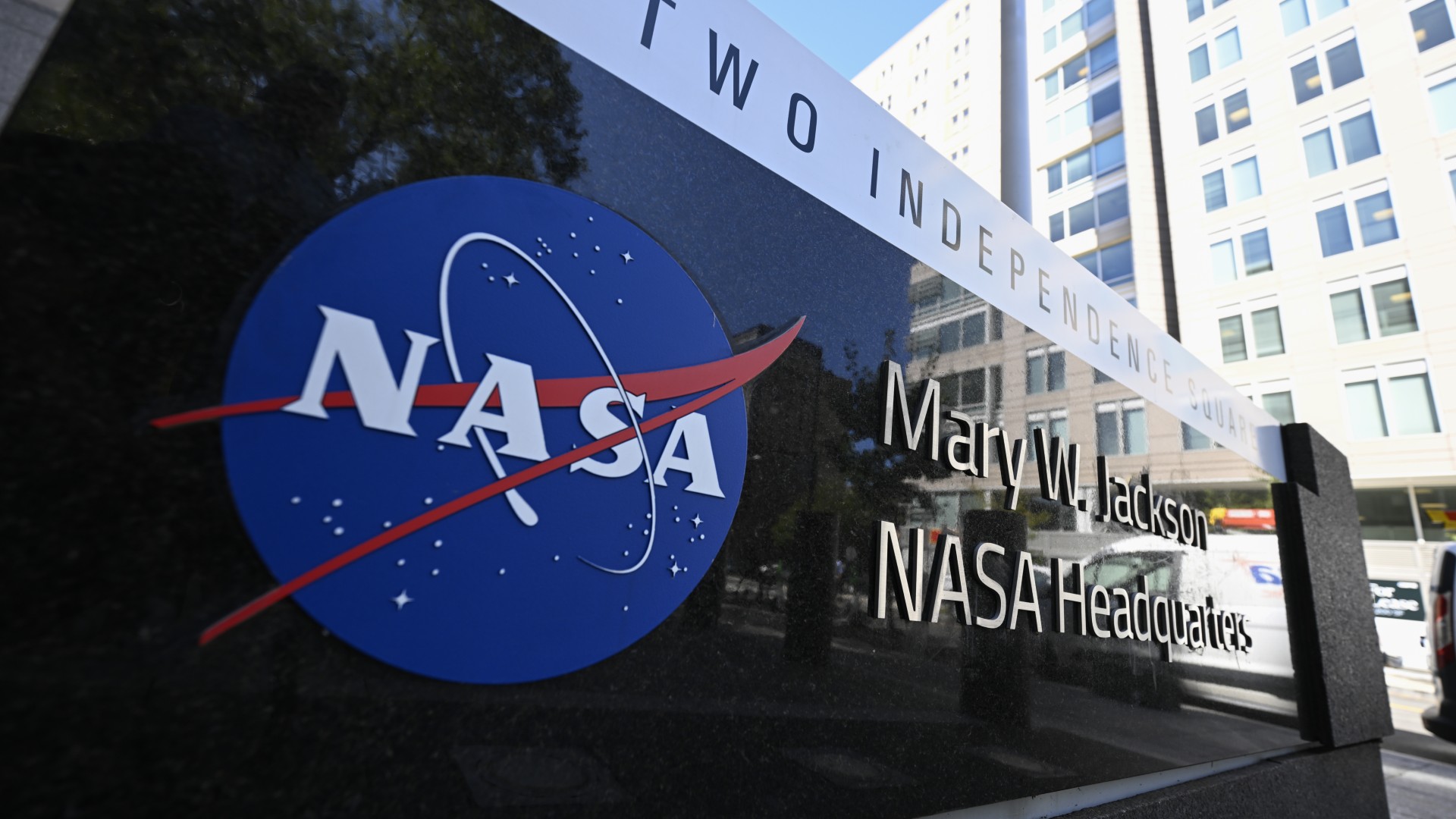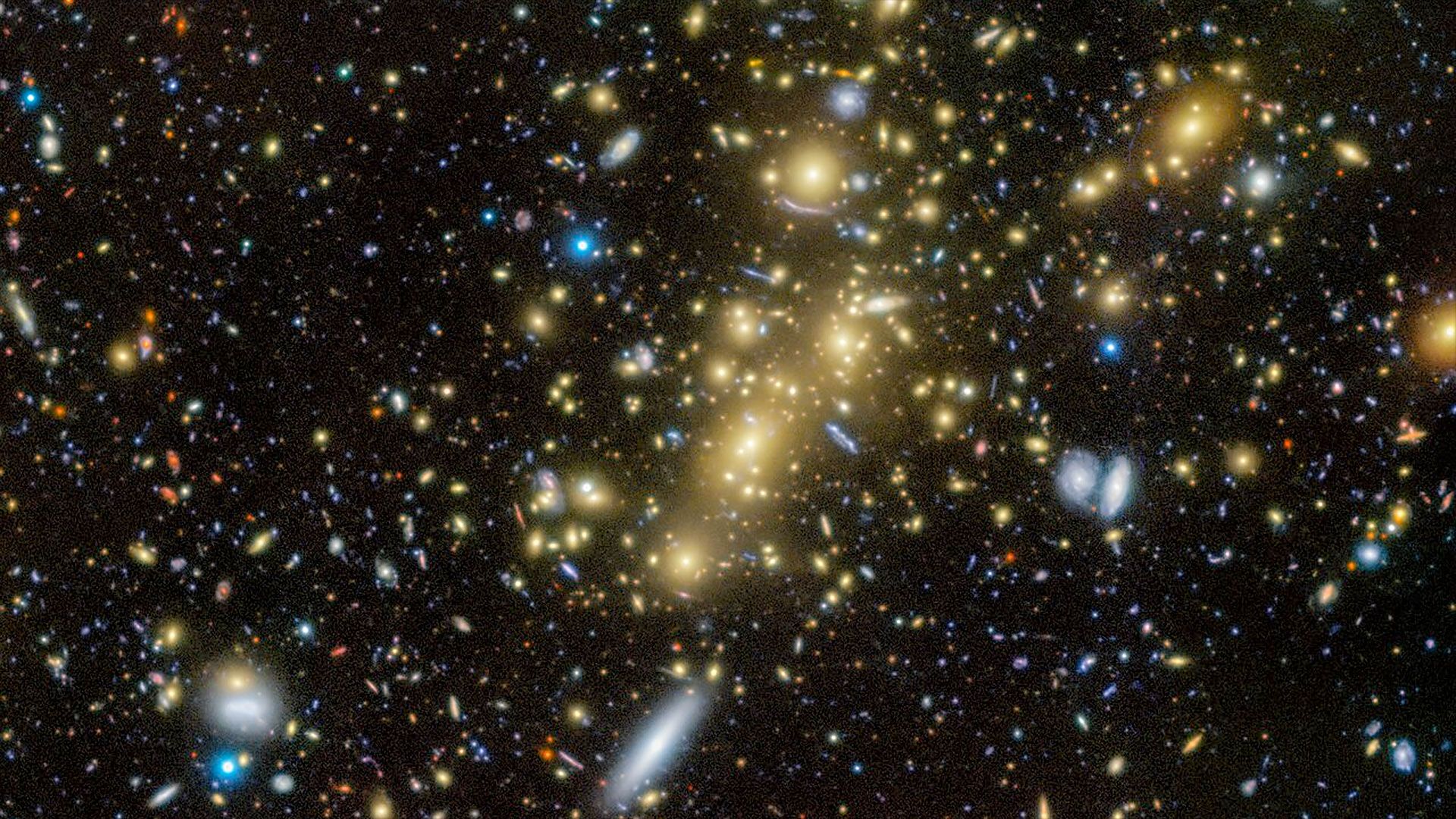On this day in space! May 3, 1986: Delta rocket fails to launch GOES-G weather satellite
On May 3, 1986, NASA attempted to launch a new weather satellite called GOES-G for the National Oceanic and Atmospheric Administration, but the rocket malfunctioned in mid-air.
On May 3, 1986, NASA attempted to launch a new weather satellite called GOES-G for the National Oceanic and Atmospheric Administration, but the rocket malfunctioned in mid-air.
About a minute after it lifted off from Cape Canaveral, lightning struck the Delta rocket and created a short circuit. This caused the rocket's main engine to shut down prematurely. It started tumbling around in the sky with some of its strap-on boosters still firing.
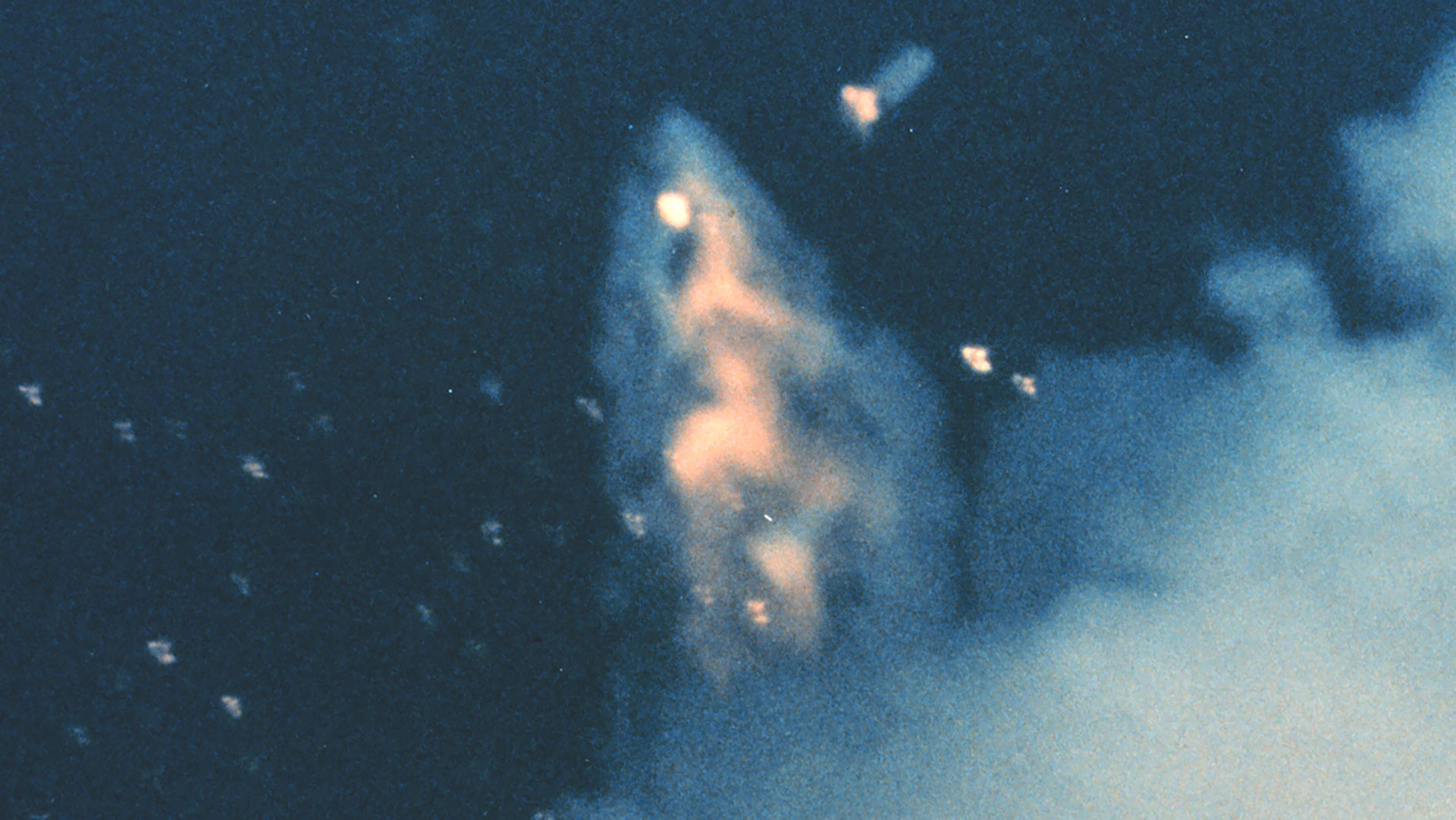
NASA sent the rocket a command to self-destruct, and it exploded above the Atlantic Ocean. They did this to minimize the dangers of having the entire rocket crash back down to Earth. This launch failure was especially disheartening for NASA, because it was the first launch since the Challenger shuttle disaster three months earlier.
Investigators found that this Delta rocket had a lot of problems that were known before the launch, especially with the wiring. After the accident, launch companies across the country changed the way they wired their rockets' electronics.
On This Day in Space: See our full 365-day video archive!
Get the Space.com Newsletter
Breaking space news, the latest updates on rocket launches, skywatching events and more!
Join our Space Forums to keep talking space on the latest missions, night sky and more! And if you have a news tip, correction or comment, let us know at: community@space.com.

Hanneke Weitering is a multimedia journalist in the Pacific Northwest reporting on the future of aviation at FutureFlight.aero and Aviation International News and was previously the Editor for Spaceflight and Astronomy news here at Space.com. As an editor with over 10 years of experience in science journalism she has previously written for Scholastic Classroom Magazines, MedPage Today and The Joint Institute for Computational Sciences at Oak Ridge National Laboratory. After studying physics at the University of Tennessee in her hometown of Knoxville, she earned her graduate degree in Science, Health and Environmental Reporting (SHERP) from New York University. Hanneke joined the Space.com team in 2016 as a staff writer and producer, covering topics including spaceflight and astronomy. She currently lives in Seattle, home of the Space Needle, with her cat and two snakes. In her spare time, Hanneke enjoys exploring the Rocky Mountains, basking in nature and looking for dark skies to gaze at the cosmos.
You must confirm your public display name before commenting
Please logout and then login again, you will then be prompted to enter your display name.
